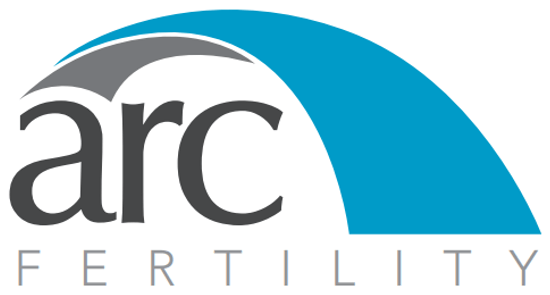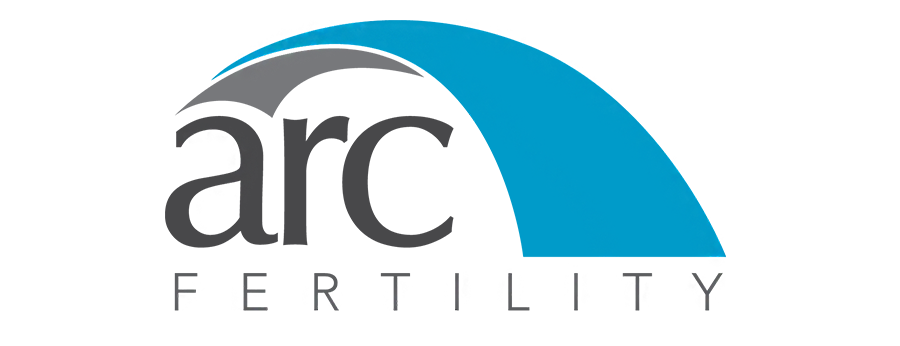What is IVF?
In-Vitro Fertilization (IVF)
IVF Stands for In-Vitro Fertilization, a type of assisted reproductive technology (ART) that helps couples or individuals having trouble getting pregnant conceive a child. IVF treatment is a series of procedures that involve fertilizing one or more eggs with sperm outside of the woman’s body in a lab and then replacing one (and sometimes more) embryos inside the woman’s uterus.
The IVF Process
Ovarian Stimulation
The first step of IVF treatment is ovarian stimulation so that multiple eggs can be made to develop rather than just the one that occurs in a natural cycle. Paradoxically, the ovaries are suppressed with drugs called agonists or antagonists that prevent the natural cycle of ovulation. Fertility drugs, which are the same hormones that women make on their own, are then given by injection at the same time to deliver higher doses of the naturally-occurring hormones, This results in multiple eggs being stimulated to develop. Each egg is contained in a follicle that makes hormones, mainly estrogen and progesterone. The cycle is controlled by changing the dose of the fertility drugs based on a blood test of the level of hormones made in the developing follicles and the number and size of follicles as measured by transvaginal ultrasound. When the number, size and hormone levels are right a single injection is given to mature the eggs.
Egg Retrieval and Sperm Collection
The next step in the IVF process is the egg retrieval. This is a minor surgical procedure performed under light anesthesia in which a small needle is passed through the vagina into each ovary to aspirate an egg from each follicle. As the eggs are being collected the male partner or sperm donor provides a sample of sperm. The sperm is processed to select and isolate the sperm that look and swim the best.
Fertilization and Embryo Culture
Once the eggs and sperm are collected, they are carefully prepared and then placed together in a lab dish for fertilization. If there is a problem with sperm quality, known as male factor, then a procedure called intracytoplasmic sperm injection (ICSI) is performed by selecting one sperm and injecting it into one egg using very sophisticated microscopic laboratory technology. Once fertilization occurs, embryos begin to develop. They are cultured in special media in the laboratory until at least day 2 or 3 (cleavage stage embryo) but usually day 5 or 6 (blastocyst stage embryo).
Embryo Transfer
3 to 5 days after fertilization, the embryos are graded and the best embryo(s) is (are) selected for transfer back into the woman’s uterus. The hormone progesterone is given to prepare the endometrium (the inside lining of the uterus) so that it is ready for implantation of the embryo which occurs about 1 to 5 days after it has been transferred.
Embryo Freezing
After transferring the best embryo(s), any remaining embryos are frozen and stored. These embryos can be transferred later if a live birth does not result from the first embryo transfer or to have more children if the first transfer is successful.
IVF Procedures and Definitions
Below is a list of common clinical and laboratory terms that explain techniques used during an IVF cycle.
Egg Retrieval
An Egg Retrieval is a minor surgical procedure using light anesthesia in which a doctor obtains eggs from the follicles of the ovaries. After a successful egg retrieval, the eggs can be used for an IVF cycle or frozen for future use.
Donor Insemination
A gynecologist places sperm inside the vagina at the cervix or directly inside the uterus (called Intrauterine Insemination or IUI). Donor insemination was previously called Artificial Insemination).
Embryo Development
When the sperm successfully fertilizes the egg, an embryo forms and begins to grow. When the embryo is 2 to 3 days old it is at the ‘cleavage stage’; at 5 to 6 days old, it is called a ‘blastocyst’.
Intra-Cytoplasmic Sperm Injection (ICSI)
ICSI is an IVF procedure used to inject a single sperm into an egg to result in fertilization. This is done with special microscopic equipment in the embryology laboratory.
Assisted Hatching:
Assisted hatching is an IVF procedure that uses a laser or chemical solution on the embryo to increase the chances it will implant in the lining of the uterus (endometrium).
Embryo Transfer
During an IVF cycle, the embryo transfer takes place when the fertilized eggs (embryos) are placed back into the woman’s uterus through the cervix using a small catheter and ultrasound guidance.
Implantation
After placing the embryo(s) inside the uterus the embryo has to undergo a complex process in order to attach itself to the endometrium which is the inside layer of the uterus. This process is called implantation.
Embryo Cryopreservation
Embryo Cryopreservation is a procedure used to preserve an embryo by freezing it at very cold temperatures. The preserved embryos can be used for a frozen/thaw embryo transfer (FET) if the patient does not get pregnant with a fresh transfer. Frozen embryos can also be used in the future to have another child after a successful IVF cycle.
IVF Procedure Video
This video includes a brief tour of an IVF laboratory and an introduction to some of the procedures performed for an IVF cycle. You will see an egg retrieval and insemination, an evaluation of egg fertilization, daily assessments of embryo development, and the embryo transfer procedure. This video also shows an intracytoplasmic sperm injection (ICSI), trophectoderm biopsy for preimplantation genetic testing (PGT), and embryo freezing.
Related IVF Articles:
How IVF is Done – Step by Step

